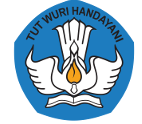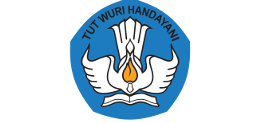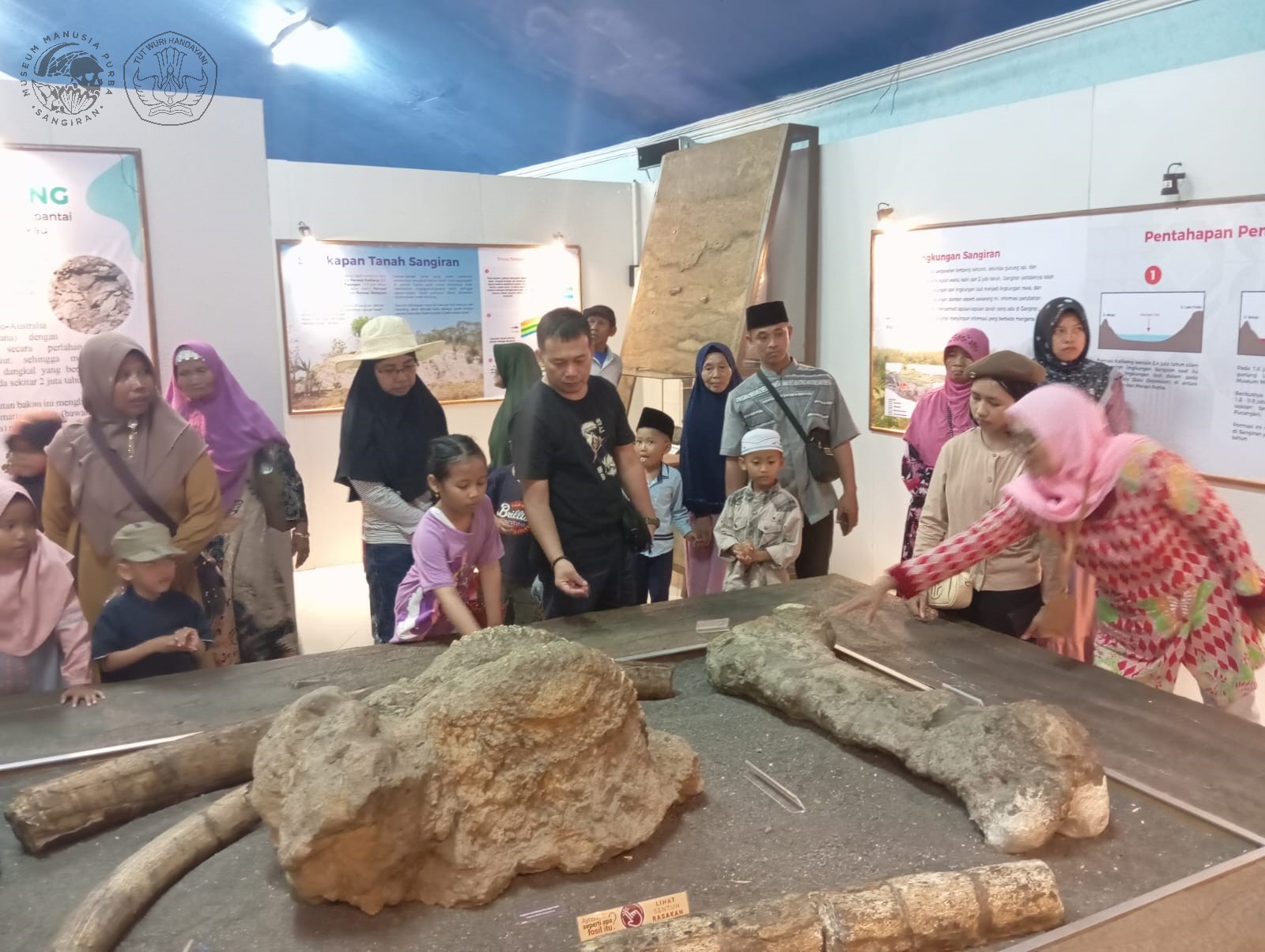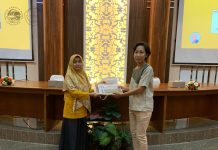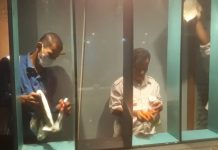Pierre Teilhard de Chardin Biography was born on 1st May 1881 in Sarcenat, Auverge, France. Since the child he likes to collect stone (like Amethyst, Citrine, Calsedon) and gravel. When he sent to teach in Cairo, Egypt on 1905, the Naturalist tendency strenghened. 2 years later, he published his first article “A Week in Fayoum”. Still in Fayoum, he found shark’s teeth. That new species named Teihardia.
De Chardin’s name well known in scientific community from his introduction with Charles Dawson, an expert in paleontology. Then, on 1912-1915, de Chardin continues his study in paleontology. His enthusiasm to scientific study about prehistory human starts crystallizing.
Inherited noble blood from couple Emmanuel and Berthe-Adele Teilhard, he is the fourth child of eleven siblings who had served as a media officer in the First World War, on 1915. From his regiment, de Chardin got an award titled “Chevalier de a Legion d’Honneur”.
His skill in paleontology is not joke. On 1919, a chance to field work in China open. By the invitation from emile Licent- pioneer of exploration and scientific work in China, on April 1st 1923 de Chardin sailing from Marseile to China. From this, later he will give birth to brilliant works such as The Phenomenon of man, an analysis placed about history of human appear, followed to evolution process.
On 1937, by his scientific achievement, he awarded the George Mendel Medal at the Philadelphia conference. In his country, de Chardin is also respected for his contribution in scientific and intellectual. Through the Foreign Ministry, he promoted in rank of officer Legion of Honor. De Chardin lived celibate as Jesuit leader and died calmly on April 10th 1955 in New York. Source: Museum of Early Human Cluster Ngebung
De Chardin are friends and sharp critics of Von Koenigswald views. For his help, Von Koenigswald got sponsor to do a research in Sangiran. In other side, de Chardin do not hesitate to argue Von Koenigswald’s opinion about the age of Sangiran and Pacitan stone tool. Source: Museum of Early Human Cluster Ngebung.
Translate by Mutiara Solikhah
